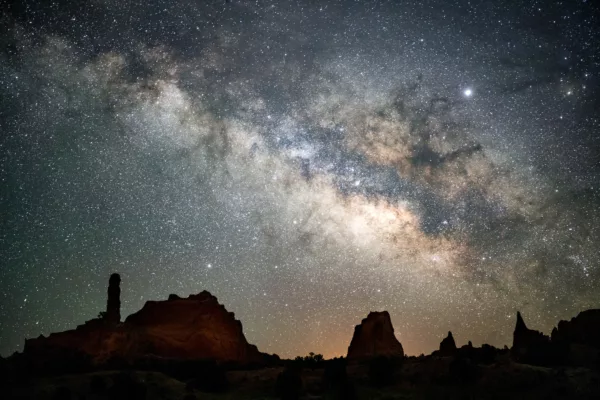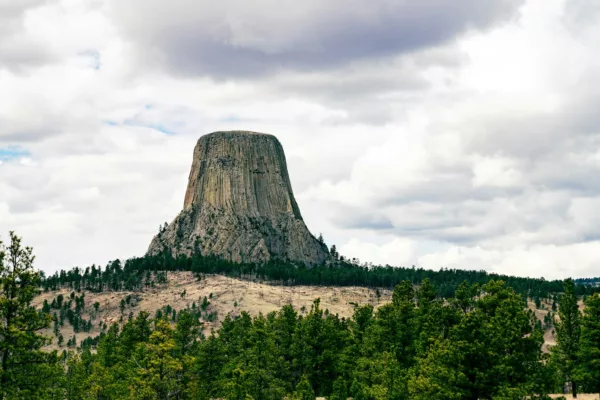How I broke my back snowboarding seven years ago today
“I don’t think I’ll ever get used to this,” I admitted to my co-worker Frankie, beckoning to the striking blue mountains that surrounded us. The sun cast golden circles across the snow-laden wooden rooftops in the resort village of Alpe d’Huez in France.
I never adjusted. Then again, I never really had the chance to.
The two of us walked back to Rendez-Vous, the log cabin restaurant where we had secured employment for the ski season. I glanced at my watch. “I’m going to hit the slopes before work.” Frankie nodded and adjusted her broken collarbone back into her sling.
I met my other co-workers at the top of the board park. I knew the conditions were risky and I was only an intermediate snowboarder, but Christian convinced me I was ready for jumps. “Humps,” he called them, because they were little more than small bumps that gave me an adrenaline rush similar to cliff diving.
The first jump was terrifying. I straight-lined my board, bent my knees and hopped up into the breeze. I landed perfectly in complete shock.
Without hesitation, I did it again. Five more times.
I instantly became a park junkie. I loved being aerial. I had always wanted to fly, and I finally could.
I headed back to work—if you could call it that—and wasted a few hours practising French with the diners. At 11pm, the other seasonaires rolled in for an après-ski bevy. I poured Jäger shots and snuck sips of Tsingtao beer until my bosses released me into the wild nightlife that accompanies every good ski resort.
I fell into bed at 6am with ringing ears and sore legs, knowing that I could wake up each morning for the next four months and do it all over again.

I woke up feeling ill on the morning of January 9th, 2013. I had been in Alpe d’Huez for one week and away from home for exactly six months. It hadn’t snowed in days, making the hill dangerously icy. I considered staying in but was reluctant to waste the day.
I met up with my friend Clarissa and headed straight to the board park. My iPod pumped music into my left ear, infusing me with a strong sense of self-confidence. I carved onto my toes and steered towards the first small jump. I slowed down to avoid colliding with another skier. I went over the “hump,” bent my knees and landed on my toes flawlessly. I nearly “whooped!” out loud.
And then I fell.
I slammed down onto the hard-packed snow in a quick shock of motion. Thrown onto my back, I immediately began to scream.
Passersby stopped to help. I could overhear Clarissa talking frantically on the phone. “Alison fell… She’s going to have to be taken off the mountain… No, really… I’m not kidding.”
Panic bubbled in my chest. I couldn’t move. My iPod headphones were still blaring, distorting my thoughts. “Turn off my music,” I pleaded. Unfamiliar hands popped out the earpiece.
Three French paramedics arrived to pull me down the hill on a stretcher. I felt every bump in my shattered back.
“Make it stop hurting!” I begged. My body was pushed into an ambulance, then pulled onto a cold slab for X-rays.
The doctor at the medical centre leaned over me. “You’ve fractured a vertebra in your spine. You must go to Grenoble Hospital for surgery.”
Frankie showed up with my backpack. She’d thrown my sweatpants, laptop and contact solution inside. “Should I call your parents?” she asked hesitantly.
For the first time, I realized exactly how serious my situation was. I was being transported to a hospital for surgery in a foreign country after breaking a major bone in my body that could potentially paralyze me for life.
And I was going to have to go through it alone.
When the ambulance arrived at the hospital, I was manhandled onto various machines for CT scans and X-rays. The paramedic tickled my toes as he pushed me down the white hallways in a gurney. I giggled. I felt. Relief mixed into pain.
I drifted in and out of consciousness. My bed was left among others in the hallway, because there were no empty rooms.
Around 6am the next morning, I was taken into a separate room. “We’ll do the surgery in a few hours,” I was told. I was not allowed to eat or drink, although my dry mouth ached for water.
The surgery was pushed back until the following morning, when I was told I’d likely never walk again. I was in so much pain, I didn’t care. The anesthesia made my body sink and blood boil. I swam through golden circles, apathetically wondering if I was going to die.
After eight hours, the fogginess began to clear, and the pain came back. Two titanium rods and four metal screws held me together. Over the next two weeks, I relearned how to sit up, how to stand, how to walk. With the help of a physiotherapist, I took baby steps.
I was lucky. Despite my major fracture—my L1 vertebra had shattered into T12 and L2, as if I’d broken all three—I hadn’t experienced paralysis, numbness or tingling.
Still, I was a 20-year-old backpacker and adventurer who suddenly could barely walk. The mental and emotional trauma was worse than the physical pain. I didn’t want to leave Rendez-Vous or Alpe d’Huez or Europe. I wasn’t planning on returning home for another year and a half. I wanted to snowboard again, to strap on my backpack and go exploring. The idea of returning to northern Alberta was not an enticing one for me, but it was the only option I had.

As I healed, I struggled to accept the gravity of breaking my back. My new reality changed everything, especially my identity. Beyond my scars, I didn’t appear injured, but my life would never be the same.
The Aftermath (and why I still adventure today)
After seven years, I still toe the line between pushing myself and respecting my boundaries. I can go out and hike 30 kilometres—but I’ll pay for it the next day. I need to sit in a chair with a sturdy back, sleep on a firm bed and seek out treatment from physiotherapists when I travel.
But I can travel. I can carry a small, 10-lb backpack. I hike, snowboard, camp and explore when my muscles aren’t aching from atrophy.
I still think I’m lucky. Only one year after breaking my back snowboarding, I was back on the hill, staring my fear in the face. I soaked in the mountain atmosphere with a refreshed respect for Mother Nature.

A Note on Medical Insurance
When my co-worker Frankie broke her collarbone, I called my parents in Canada to ask if I had proper travel insurance. Frankie was from the UK, where additional ski/snow insurance is required. Snow sports are covered in most—but not all—Canadian travel insurance plans. Provincial plans don’t cover all the costs of domestic medical, either.
Because I was twenty years old when I fell, I was covered under my mother’s insurance. If I’d been only one year older, I would still be in debt up to my eyeballs.
This experience taught me the importance of health care. Now, I don’t travel before checking my coverage, as well as medical services and requirements in the country I’m travelling to. I was lucky to fracture my spine snowboarding in a country with an excellent medical system. I have a newfound respect for nurses and paramedics. In any country, it’s imperative to know the emergency numbers and who you can call for help.
Hopefully you never have to endure an injury like mine. Still, I suggest you go into every adventure prepared for the worst.

Alison Karlene Hodgins is the online editor for explore-mag.com. As a freelance writer, her work has been published by the Globe & Mail, Canadian Traveller, HI Hostels and British Columbia Magazine. She’s working on a nonfiction book about breaking her back abroad.














